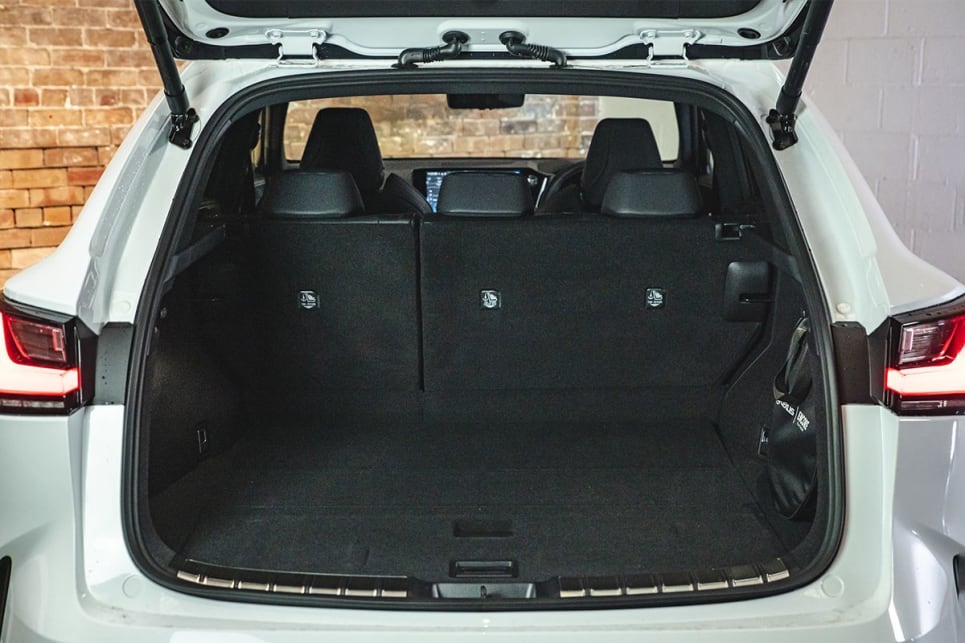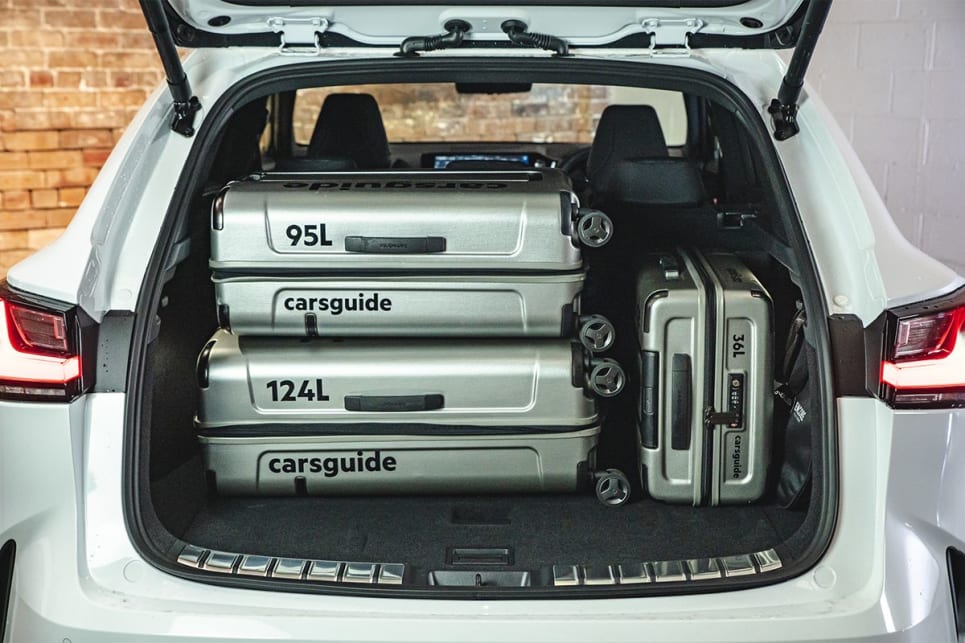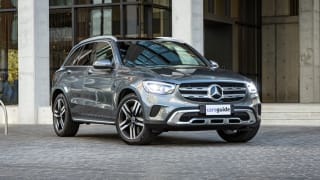The NX 450h+ is the most expensive NX ever, wearing a before on-roads price-tag (MSRP) of $89,900. It’s some $6000 more than the well-received NX 350h 'self-charging' hybrid and offers a huge battery with an unusually long range for a PHEV.
We’ll look a little more closely at the detail behind that in a moment, but you should also know that in the context of its PHEV competition the value equation is not as alarming as it first seems.
The Mercedes-Benz GLC300e wears an MSRP of $95,700, and incoming new PHEV versions of the BMW X3 (xDrive 30e - $101,971) and Volvo XC60 (Recharge - $97,990) are significantly more expensive.
It seemingly takes a lot to convince a buyer to switch to PHEV technology, so Lexus has quite cleverly positioned the NX 450h+ under its rivals, while also playing to the brand’s hybrid history.
Standard equipment is also excellent, with the NX range a huge leap forward for Lexus, the 450h+ only being available in the top F-Sport trim.
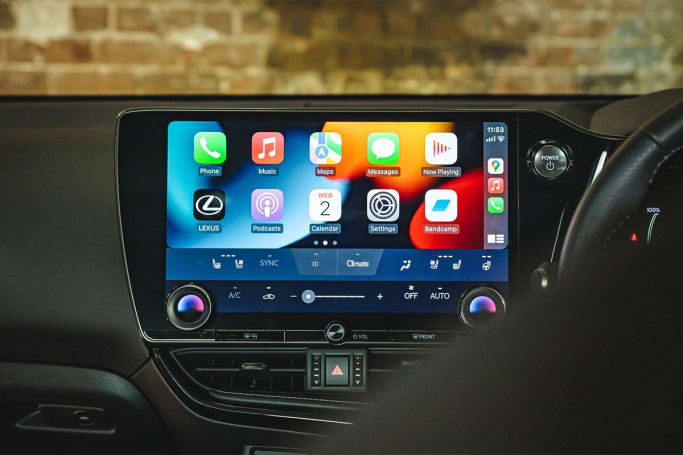
This includes a brand new and enormous 14.0-inch multimedia touchscreen with Apple CarPlay, Android Auto, and built-in nav, an 8.0-inch digital instrument cluster, head-up display, wireless phone charger, 14-speaker premium audio system, full synthetic leather interior trim, dual-zone climate control, power adjustable front seats with heating and ventilation, keyless entry and push-start ignition, 20-inch alloy wheels, colour-matching F-Sport bodykit, fully adaptive LED headlights, and a power tailgate.
Adding further value on top of the standard F-Sport equipment mentioned above, Lexus throws in the sunroof, heated steering wheel, and digital rear-view mirror which are optional lesser variants.
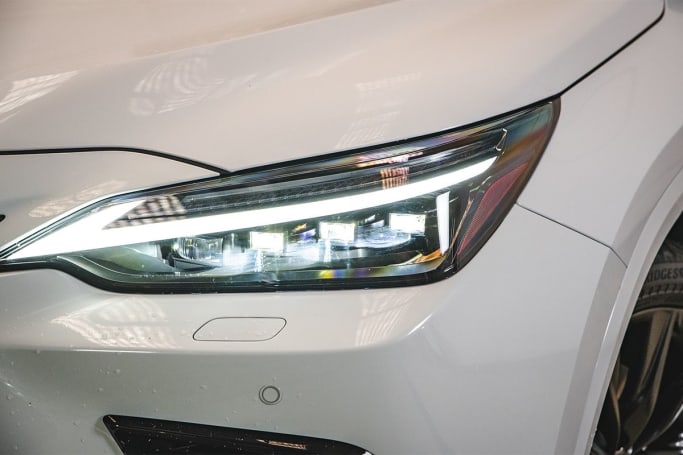
It doesn’t end there, though, with the NX featuring the full suite of active safety items offered by Lexus, as well as a particularly large hybrid battery (18.1kW) which allows a claimed NEDC range of 87km.
It also throws in the polite inclusion of a Type 2 to Type 2 charging cable, which you’ll need to charge up at public AC locations.
So yes, the 450h+ is the most expensive NX ever made and will still be too tall an order for many, but it’s actually a lot better value than it first seems in the context of its rivals.








